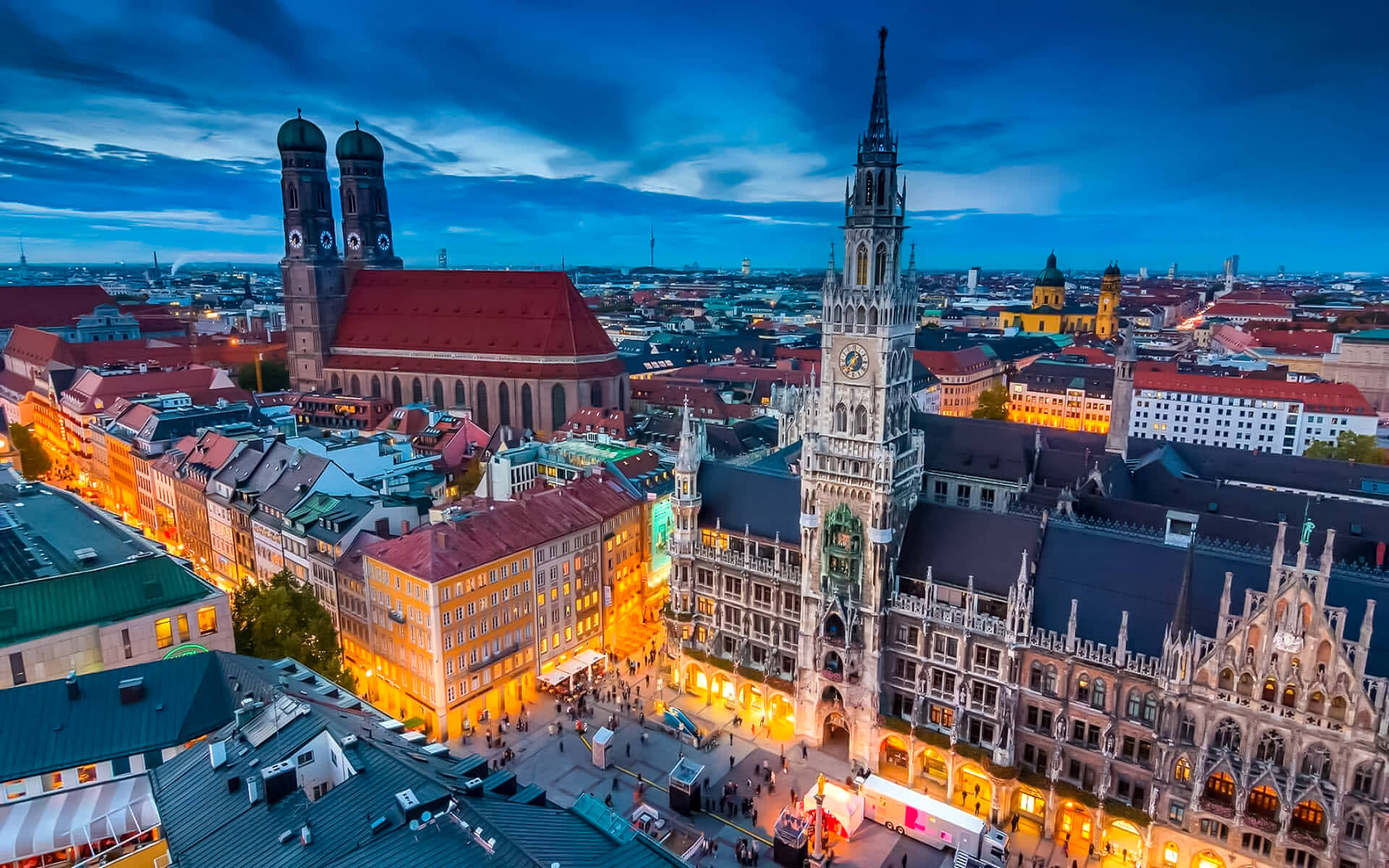MUSEUMS
The Deutsches Museum, situated on an island in the Isar River, is the world’s biggest and one of the oldest scientific museums. The Verkehrsmuseum, which contains the Deutsches Museum’s land transport exhibits, was renovated from three disused display buildings that were under preservation order. The Luftwerft Schleissheim flight exhibition center is nearby, on the Schleissheim Special Landing Field. The increased state collections of palaeontology, geology, minerals, zoology, botany, and anthropology are shown at a number of non-centralized museums (many of which are public collections at Ludwig-Maximilians-Universität).
The city features a number of notable art galleries, the most of which are located in the Kunstareal, including the Alte Pinakothek, Neue Pinakothek, Pinakothek der Moderne, and Museum Brandhorst. The monolithic edifice of the Alte Pinakothek houses a rich trove of works by European artists from the 14th to the 18th century. The collection, which spans two levels and shows the Wittelsbachs’ diverse tastes spanning four centuries, is organized by schools. Albrecht Dürer’s Christ-like Self-Portrait, his Four Apostles, Raphael’s works The Canigiani Holy Family and Madonna Tempi, and Peter Paul Rubens’ two-story-high Judgment Day are among the highlights. The gallery features one of the most extensive Rubens collections in the world. The Blaue Reiter group of painters worked in Munich before to World War I. The Lenbachhaus presently houses several of their works.
The Glyptothek and the Staatliche Antikensammlung have a significant collection of Greek and Roman art (State Antiquities Collection). For the Glyptothek, King Ludwig I was able to purchase notable items like as the Medusa Rondanini, the Barberini Faun, and figurines from the Temple of Aphaea on Aegina. The Egyptian Museum is another prominent museum in theKunstareal.
Erasmus Grasser’s famous gothic Morris dancers are on display at the Munich City Museum in the old gothic arsenal building in the city center.
The Lehel quarter, between the old town and the river Isar, is another arts district: the Museum Five Continents in Maximilianstraße houses Germany’s second largest collection of artifacts and objects from outside Europe, while the Bavarian National Museum and the adjoining Bavarian State Archaeological Collection in Prinzregentenstrasse rank among Europe’s major art and cultural history museums. The neighboring Schackgalerie is a significant collection of German nineteenth-century paintings.
The old Dachau concentration camp lies 16 kilometers (10 miles) outside of town.
ARTS AND LITERATURE
Munich is a significant European cultural center that has hosted many notable composers such as Orlando di Lasso, W.A. Mozart, Carl Maria von Weber, Richard Wagner, Gustav Mahler, Richard Strauss, Max Reger, and Carl Orff. The Munich Biennale, created by Hans Werner Henze, and the A*DEvantgarde event continue to contribute to current music theatre. Some of classical music’s most well-known works, such as Richard Strauss’s renowned tone poem Also sprach Zarathustra and Carl Orff’s Carmina Burana, were composed in and around Munich by local composers.
The Bavarian State Opera and the Bavarian State Orchestra are based in the Nationaltheater, which hosted the debuts of numerous of Richard Wagner’s works under the patronage of King Ludwig II of Bavaria. The current Residenz Theatre was built next door in the structure that had formerly hosted the Cuvilliés Theatre before World War II. Many operas were presented there, including Mozart’s Idomeneo’s debut in 1781. The Gärtnerplatz Theatre is a ballet and musical state theatre, while the Prinzregententheater, another opera house, has become the home of the Bavarian Theatre Academy.
HOFBRÄUHAUS AND OKTOBERFEST
The Hofbräuhaus am Platzl, possibly the most renowned beer hall in the world, is situated in the heart of the city. It also runs the second biggest tent during Munich’s Oktoberfest, one of the city’s most recognized attractions. For two weeks, millions of visitors go to the Oktoberfest to explore the beer tents (“Bierzelte”) and fairground activities. The first Oktoberfest was celebrated on October 12, 1810, to commemorate Crown Prince Ludwig’s marriage to Princess Therese of Saxe-Hildburghausen. The celebrations concluded with a horse race, which was maintained in subsequent years and eventually evolved into what is today known as the Oktoberfest. Despite its name, the majority of Oktoberfest takes place in September. It always ends on the first Sunday in October, unless the German national holiday on October 3 (Tag der deutschen Einheit, i.e., “Day of German Unity”) falls on a Monday or Tuesday, in which case the Oktoberfest continues open.


